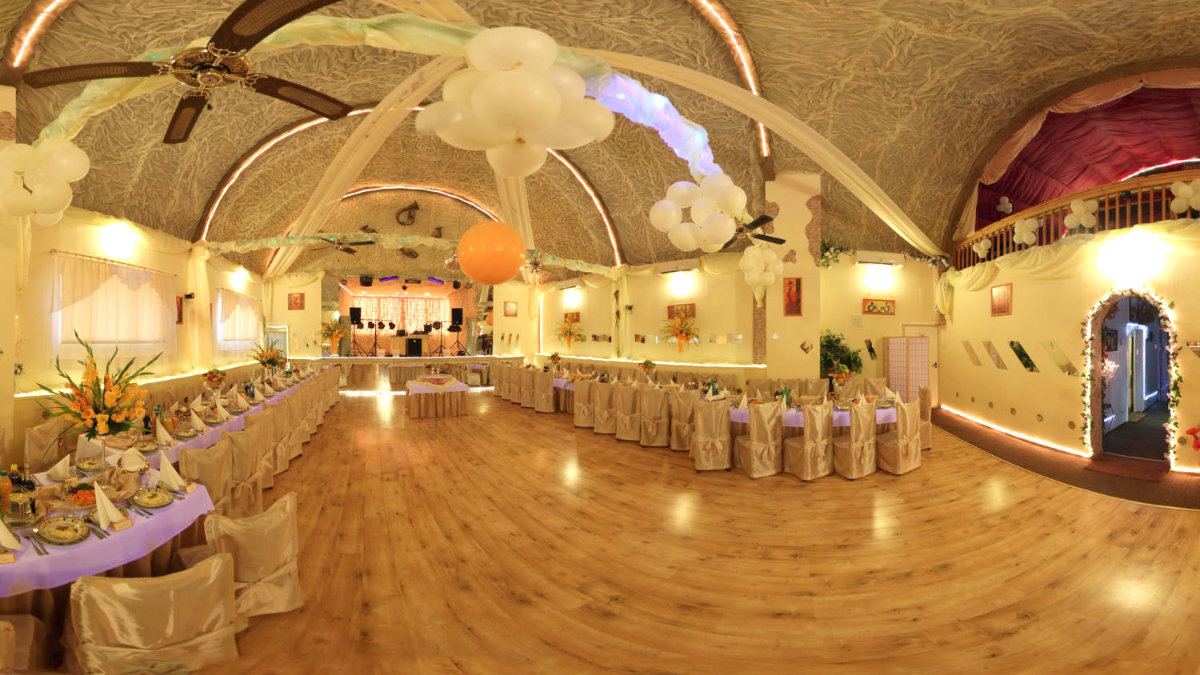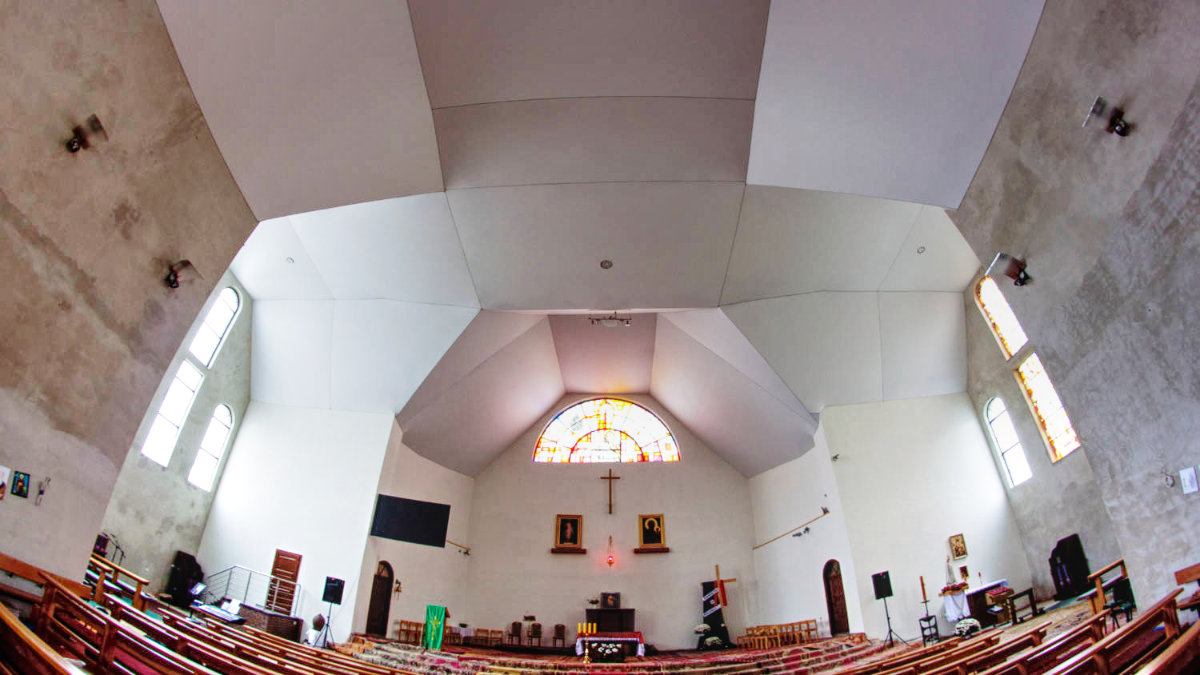Stretch ceilings made of PVC foil or fabrics are the main competition for ceilings made of drywall. There is also a third option of finishing the ceiling in the form of Armstrong trusses with inserted gypsum panels, but this is a separate topic. Today we will look at what is the difference between a stretch ceiling and a plasterboard? Let’s start from the beginning, i.e. offers and prices. At this stage, you will see two significant differences in your budget and arrangement options…
The use of plasterboard is quite obvious – we can cover the entire ceiling with it, we can make shelves, arches or gradations from it, and we can paint the surface itself with any color of paint. The price of such an installation consists of: making an aluminum structure for screwing plasterboards, masking joints by filling and final finishing (painting) and lighting installation.
A stretch ceiling offers many more options to choose from. In addition to the mentioned shelves or gradation, the film can be overexposed by creating a plafond from the ceiling – i.e. the entire ceiling will be lit. You can also add printed graphics, with the option of highlighting them or even “hidden graphics”, where the print is applied on the inside and will be visible only after turning on the light.
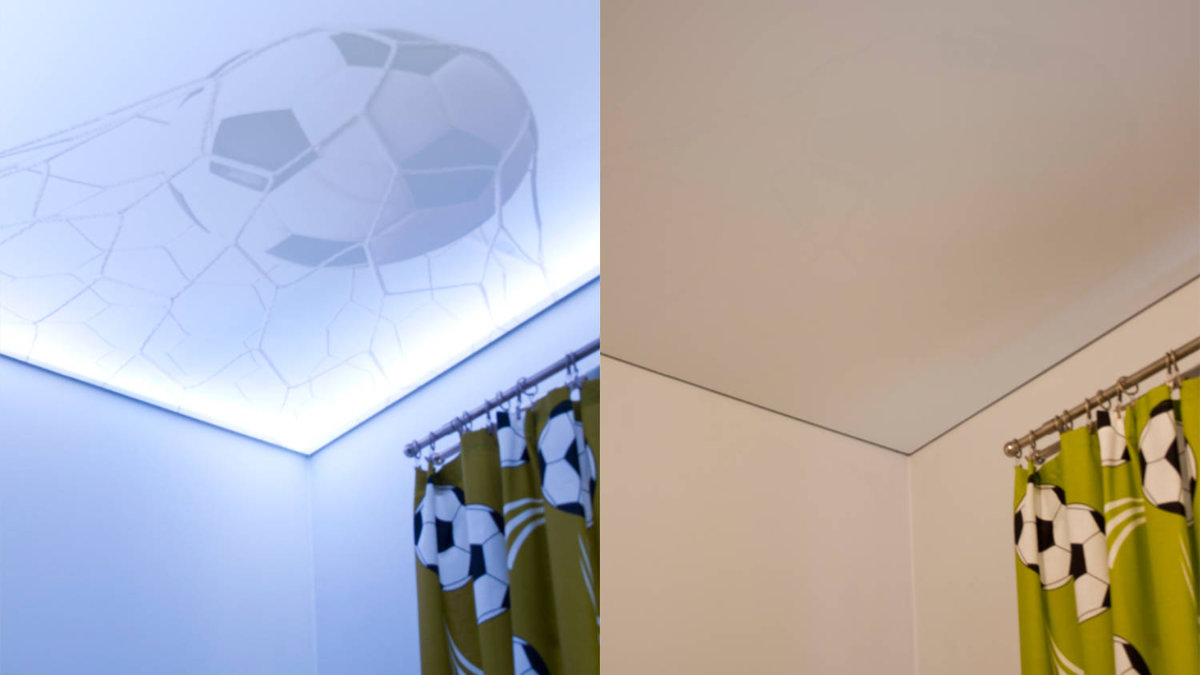
Of course, you can choose any color of the foil, and even its finishing – matt, satin or glossy foils are available. In addition, there are micro-perforations, which additionally increase the acoustic comfort in the room, perfectly soundproofing and silencing it. There are also possibilities of installing an openwork ceiling where the upper foil is “full”, and the lower one has a pattern cut out of the holes, through which the foil mounted above can be seen. There are many more options to choose from and it significantly exceeds the quite limited possibilities to which we have become accustomed to the plasterboard ceiling.
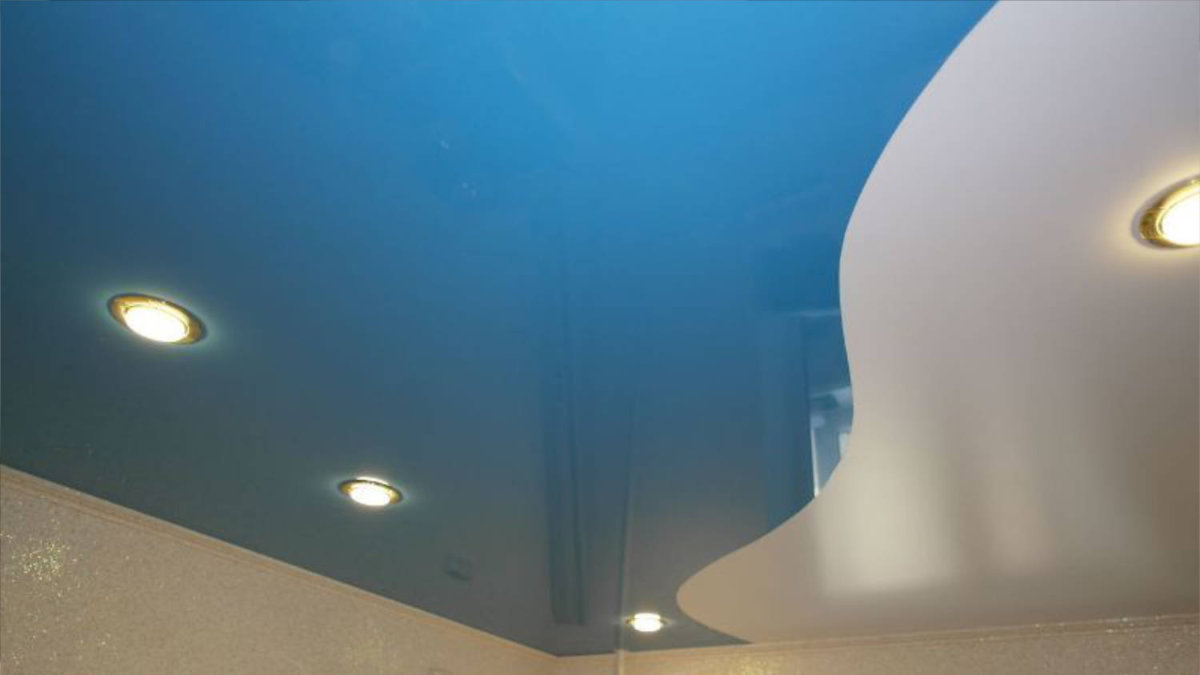
Stretch ceiling and plasterboard – price
In terms of price, a basic plasterboard ceiling will always be more expensive compared to white satin, gloss or mat made of PVC foil. However, if the stretch ceiling is refined with an overprint and lighting is added over the entire coating, the costs increase and may even reach EUR 120-130 per square meter. In the case of fabrics, the price will be even higher, but in return we get a fully ecological, non-flammable and very noble product.
The most expensive are mirror foils, imitating 1:1 crystal mirrors – here the prices exceed even PLN 2,000 per meter of the finished product. However, they are installed when there is absolutely no other alternative. Large-area mirrors are even more expensive and very problematic to transport to the installation site. Their assembly involves the risk of their destruction – as a result, few contractors want to undertake their installation at all.
The installation of a ceiling made of plasterboard and foil or fabrics has definite differences in assembly – primarily in terms of speed. In the case of drywall, the first day is to screw the frame to the ceiling. The second day is cutting and screwing the boards. The third is puttying – then there is drying and finally painting. Installation of a plasterboard ceiling takes 3-5 days. Meanwhile, in the case of a stretch ceiling, assembly is counted in hours! Screwing the profiles to the walls (around the perimeter) takes a maximum of 3-4 hours, and installing the coating with lighting takes another 1-3 hours. As a result, a standard ceiling installation should not take more than one working day!
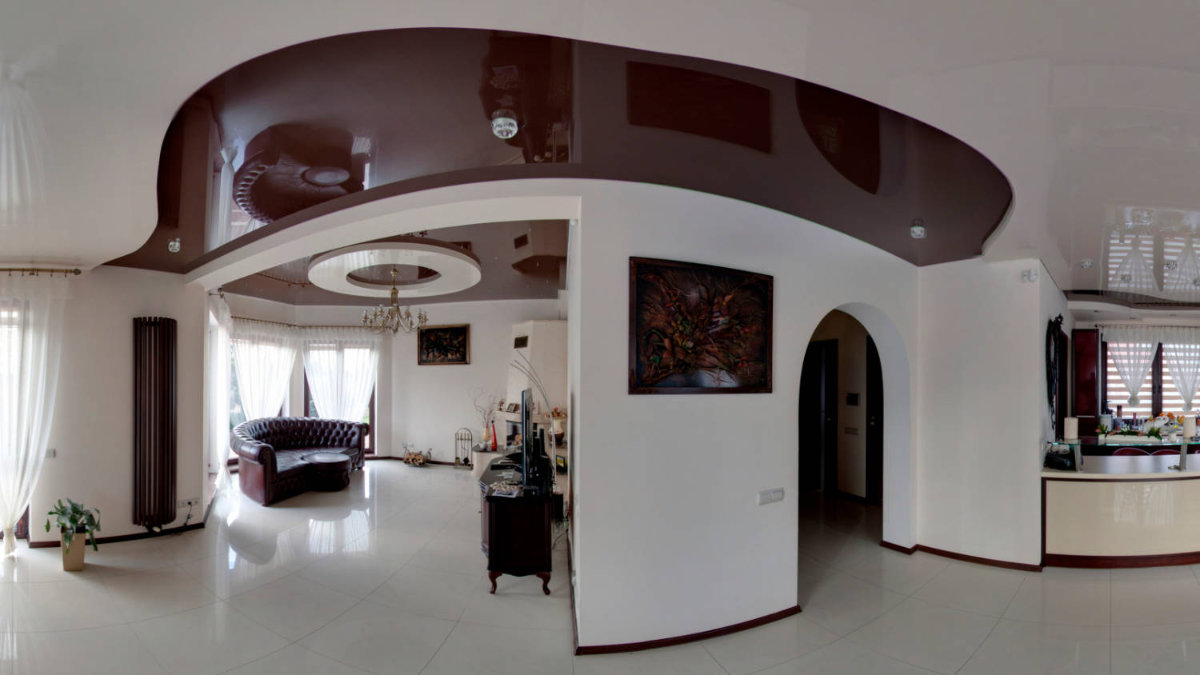
Ceilings – everyday use
Finally, issues related to the subsequent use of ceilings, where we are dealing with dirt or electrical or plumbing failures. In the case of plasterboard, dirt rather needs to be painted over, unless the paint allows you to remove the stains. Stretch ceilings are cleaned with a soft cloth and water. In the case of heavy soiling – colorless liquids based on alcohol. If the cables are interrupted, it is most often necessary to break the plasterboard ceiling in points. Unless it has revisions to get to the root of the problem.
With stretch ceilings, it is enough to unfasten a piece of foil, fix the problem and fasten it again. The stretch ceiling works even better when flooded – the foil will collect water, which can be safely removed. In the case of drywall, soaked boards need to be replaced, and the house or apartment itself will probably be flooded anyway, because the boards will let water through…
So, if a foil or fabric stretch ceiling is faster to install, easier to replace and use, has more finishing options and is also cheaper, why do people still consider installing plasterboard ceilings…?
